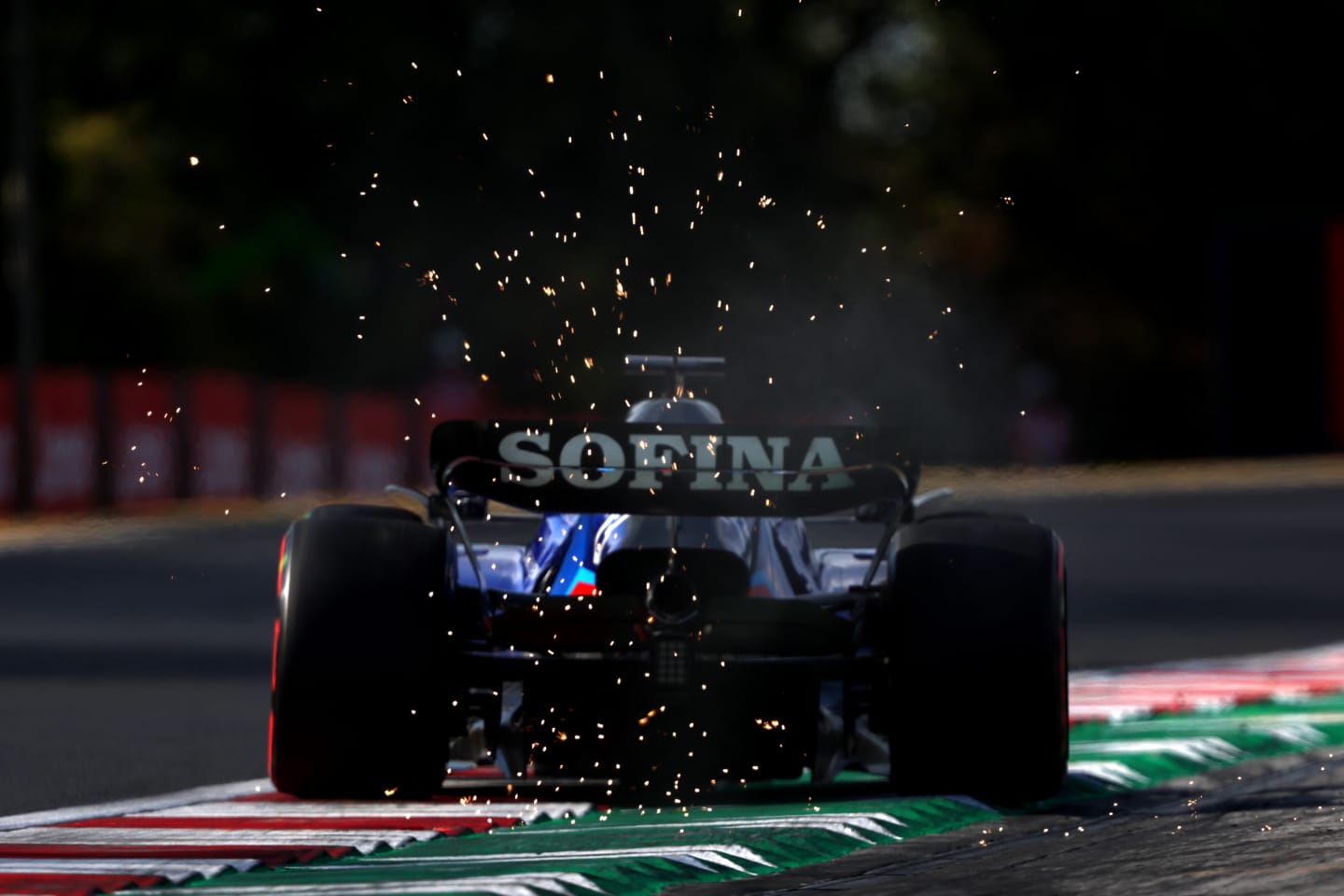
Feature
More efficient, less fuel, and carbon net zero – 7 things you need to know about the 2026 F1 engine regulations

Share

Formula 1’s next generation of cars will be just as powerful as ever when they hit the track in 2026 – but will use significantly less energy and produce net zero exhaust CO2 emissions, thanks to all-new engine regulations agreed this week. Here are seven things you need to know about the next generation of Formula 1 power units...
1. No new fossil carbon will be burned
The new F1 power units will run on fully sustainable fuels thanks to intense research and testing from Formula 1 and partner ARAMCO. This means that no new fossil carbon will be burned, with carbon instead to be derived from non-food sources, genuine municipal waste, or even out of the atmosphere.
READ MORE: FIA World Motor Sport Council approves power unit regulations for 2026
2. Three times the electrical power
The current 1.6-litre, V6 turbocharged internal combustion engine will evolve to include a far more powerful electrical component. The MGU-K (or Kinetic Motor Generator Unit) will almost triple the amount of electrical power produced by the current hybrid components.
More braking energy – that would otherwise be wasted – will be collected and as a result, the aim is for the MGU-K to produce around 350kW in 2026 – a massive increase on the 120kW of energy currently deployed by the MGU-K and MGU-H.
2026 Engine regulations: everything you need to know
3. 1,000+ horsepower – with less fuel used
And with that higher proportion of electrical power, less fuel will flow to the engines, and less fuel will be used overall – but the power units will still provide over 1,000 horsepower, and they could even be louder too.
In 2013, 160kg of fuel was used in a race; in 2020, that stood at 100kg; and in 2026 F1 is aiming for each car to use just 70kg of fuel during a Grand Prix.
Moreover, F1 is shifting from controlling the fuel flow through a maximum mass flow rate, to a maximum energy flow rate.
4. Better safety
With the MGU-K set to be enclosed within the chassis, next to the battery and control electronics, all high-voltage equipment will now be contained within the safety cell – making for a safer car.
READ MORE: Formula 1 on course to deliver 100% sustainable fuels for 2026
5. Lower costs – but continued innovation
An engine-specific cost cap, plus banning of expensive manufacturing materials and systems such as the MGU-H (Motor Generator Unit – Heat) – plus the use of standardised components – will help to bring costs down.
Dyno hours will also be constrained – but creativity won’t. Engineers will continue to be able to innovate around the electrical systems to power their teams to wins and championships, and develop a more sustainable future in the process.
Constructors will remain limited to using three power units per car, per season.

We may see drivers wrestling with their cars more
6. A tougher challenge for drivers
With the removal of complexities such as the MGU-H, turbo lag might return and that could make the cars harder to control on corner exit.
It could also provide more of a challenge for the drivers and strategists too, as they will need to decide when the driver should sit back, and when they should attack using the power unit’s electrical potential.
7. More environmentally responsible
Formula 1 is committed to keeping more materials above ground as it targets environmental responsibility. Recycling options will be mandated for batteries while, at the end of the MGU-K’s life, materials such as cobalt will be recycled.
With these new power units the future of F1 will be just as fast and exciting as ever, but more sustainable, relevant and responsible than ever before.
YOU MIGHT ALSO LIKE
NewsF1 Unlocked WIN Red Carpet Unlocked - F1 The Movie World Premiere
News Formula 1 to race in Mexico City until 2028 with new three-year extension
Interview ‘The biggest weekend of my career’ – Chambers on returning to Miami fighting for the F1 ACADEMY title
News Aston Martin boss Cowell explains how wind tunnel has ‘opened our eyes’ to new tricks




